Marilyn Monroe remains one of the most enduring icons of Hollywood's Golden Age—a dazzling blonde whose charm and charisma captivated millions, including even the American president. Yet behind her radiant smile lay a life full of hardship, heartbreak, and struggle. Born Norma Jean Mortenson, Marilyn's story is far from the fairy tale many imagine. It is a complex saga of lost childhood, relentless ambition, and the price of fame.
In this comprehensive biography, we explore Marilyn Monroe’s journey from a troubled childhood to becoming a global superstar, examining the triumphs and tragedies that shaped her life. This article delves into her early years, career beginnings, rise to stardom, personal relationships, and the challenges she faced in the cutthroat world of Hollywood. Through her story, we uncover the woman behind the legend.
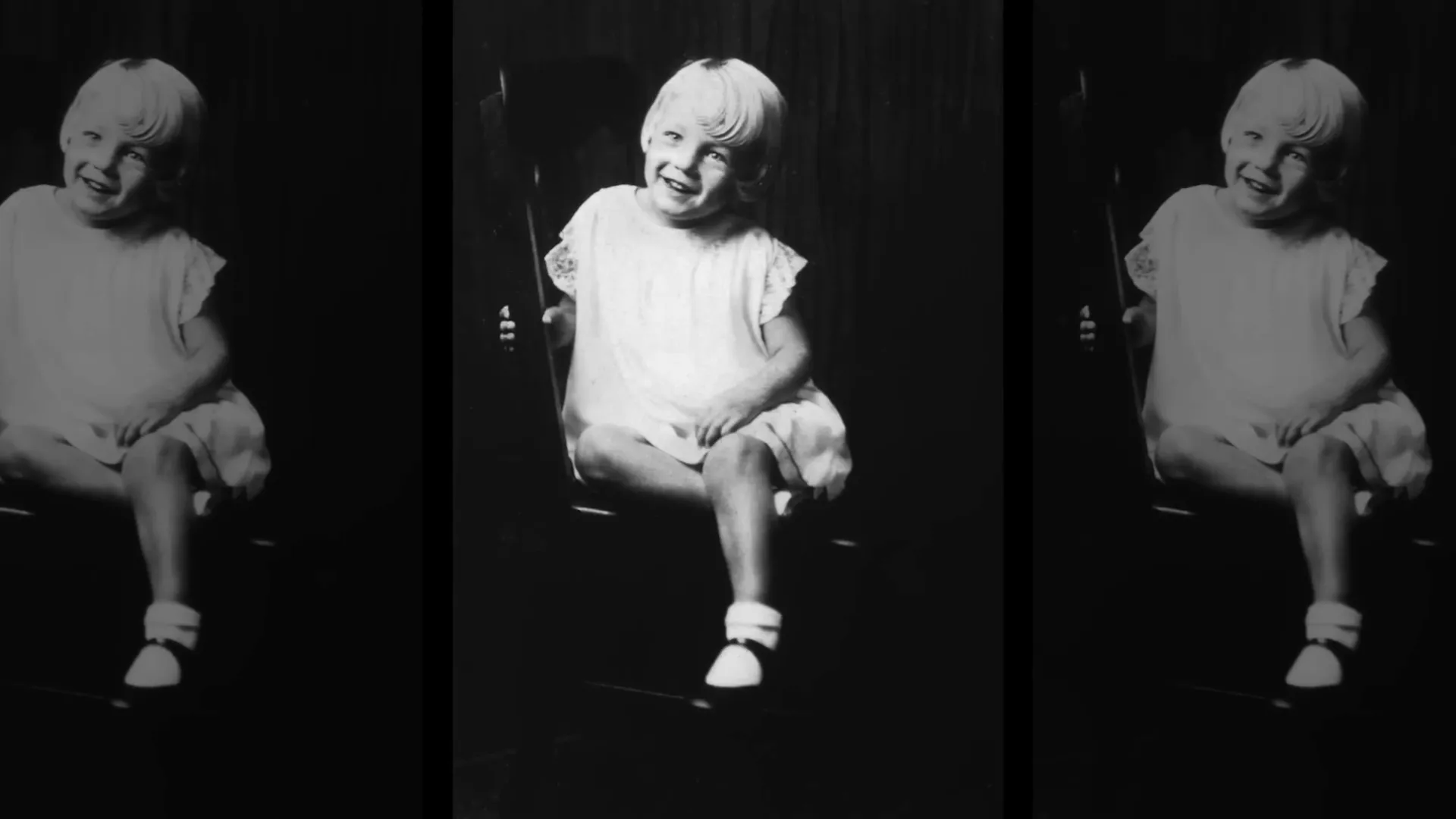
Childhood and Youth
Marilyn Monroe was born Norma Jean Mortenson on June 1, 1926, in Los Angeles. The name "Marilyn Monroe" was a carefully crafted pseudonym inspired by two famous actresses, Norma Talmadge and Jean Harlow. Her mother, Gladys Pearl Baker, worked behind the scenes in Hollywood as an assistant editor and film negative cutter. However, Norma Jean’s paternity was shrouded in mystery for many years.
While Martin Mortenson, Gladys’ second husband, was listed as Norma Jean’s father on her birth certificate, he had left Gladys before the pregnancy was known. Gladys later claimed that the actress’s biological father was Charles Stanley Gifford, an employee at Consolidated Studios with whom she had a brief affair. This claim was finally confirmed in 2022 through DNA testing, which matched a lock of Marilyn's hair with a saliva sample from Gifford's great-grandchild.
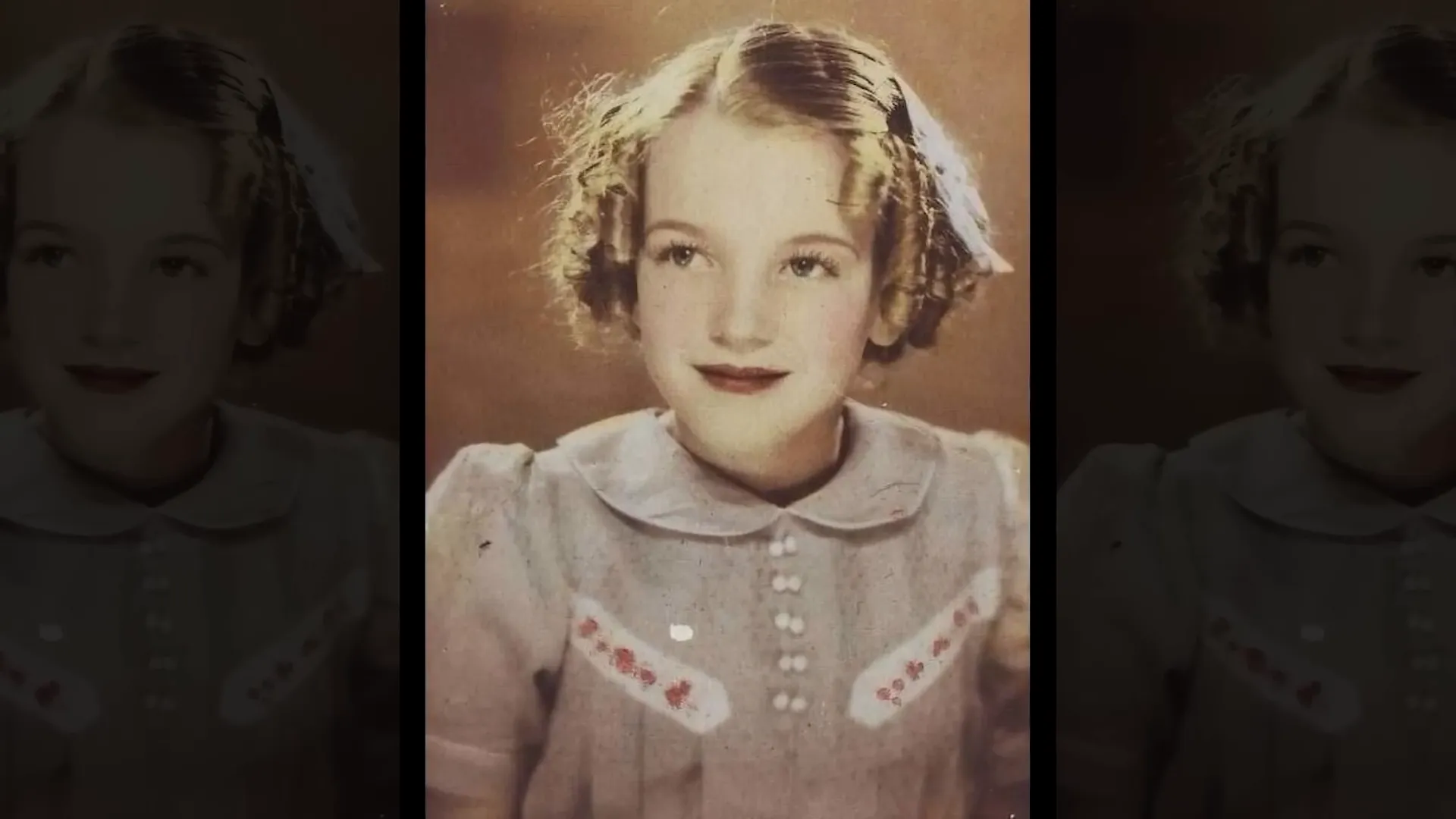
Norma Jean’s early life was marked by instability. Her mother’s struggles with mental illness and a party lifestyle meant she was unable to care for her daughter properly. At just two weeks old, Norma Jean was placed with a foster family, the Bolenders, known for their strict moral code and devout religious beliefs. Entertainment, especially cinema, was forbidden in their household, which they viewed as a diabolical temptation.
‘You see, [...] I was brought up differently from the average American child because the average child is brought up expecting to be happy.’
Despite this, Gladys did not completely abandon her daughter. She paid for Norma Jean’s upkeep and visited her on weekends, providing rare moments of warmth. However, the stark contrast between her mother’s chaotic lifestyle and the Bolenders' strict household created a sense of dissonance for the young girl. Her only friend during this time was a stray dog named Tippy, who was later shot by a neighbour, leaving Norma devastated.
Eventually, Gladys took Norma Jean back to live with her near the Hollywood Bowl, not out of maternal affection but to secure a loan for a house. The household was crowded with actors and guests, exposing the girl to a world vastly different from her previous upbringing. It was during this time that her mother showed her a photo of Charles Stanley Gifford, calling him her real father. For Norma Jean, deprived of paternal love, this became an unattainable dream she would chase her entire life.
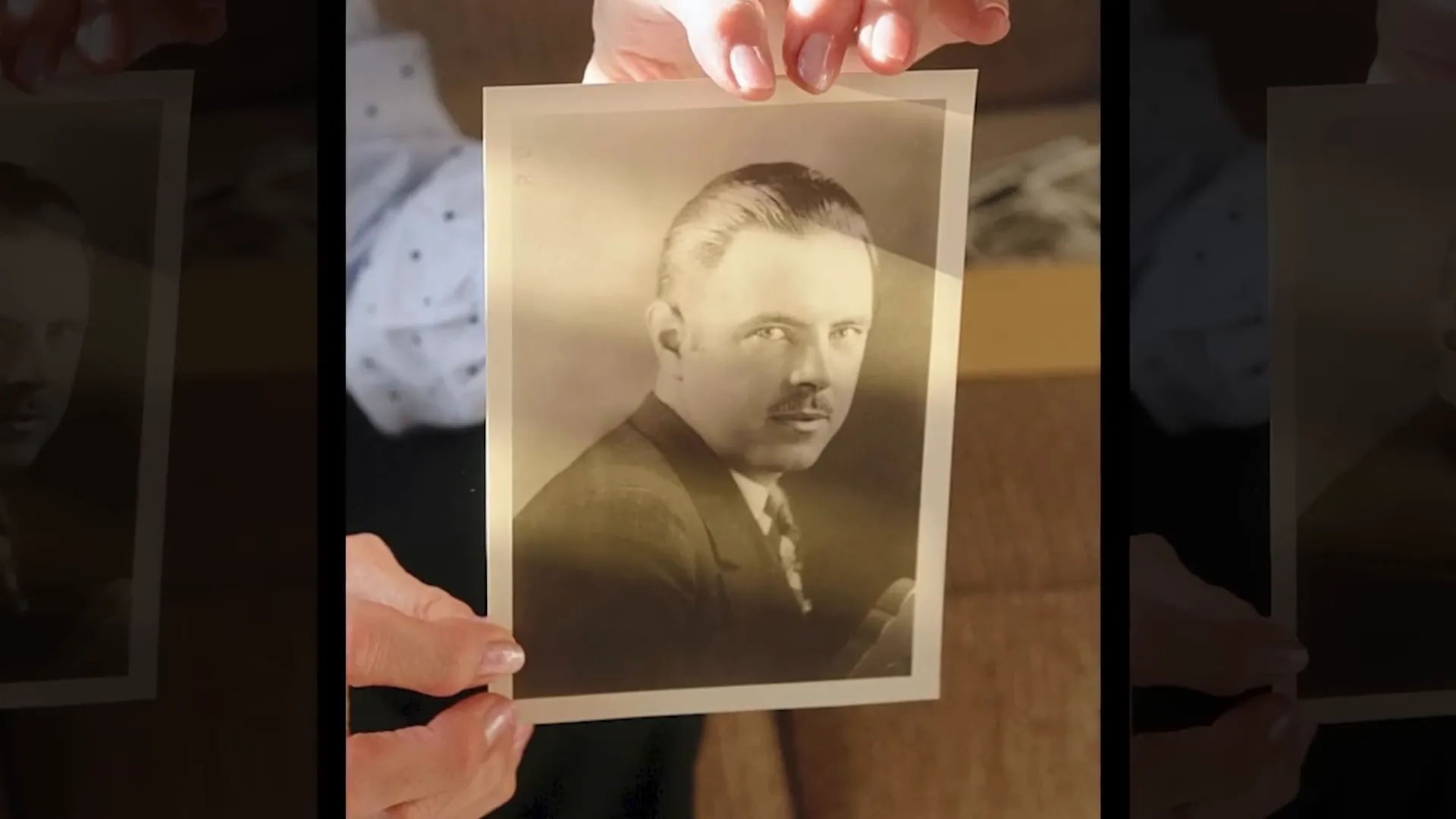
School life was difficult; Norma Jean quickly fell behind academically. Meanwhile, Gladys's mental health deteriorated, culminating in a nervous breakdown in 1934. Norma witnessed her mother’s erratic behaviour first-hand, including a violent episode that ended with the police taking Gladys to a psychiatric clinic where she was diagnosed with paranoid schizophrenia. This left Norma Jean homeless and vulnerable again.
The lack of any consistent love and caring. A mistrust and fear of the world was the result. There were no benefits except what it could teach me about the basic needs of the young, the sick and the weak [...] I have great feeling for all the persecuted ones in the world.
Fortunately, Gladys’s best friend Grace McKee stepped in and took custody of Norma Jean, treating her like her own daughter. Grace encouraged Norma Jean to dream of becoming an actress, buying her beautiful dresses and exposing her to the film world. But the stability was short-lived. Grace married Erwin Goddard, who pressured her to send Norma Jean to an orphanage, labelling her as a burden because she was not his biological child. Reluctantly, Grace complied but continued to visit Norma Jean regularly.
During this turbulent time, Norma Jean endured her first sexual assault, an experience she later alluded to but never fully detailed. The trauma left her with a stutter and emotional scars she would carry for years. She was shuffled between relatives and foster placements, increasingly isolated and clinging to dreams of cinema as an escape.
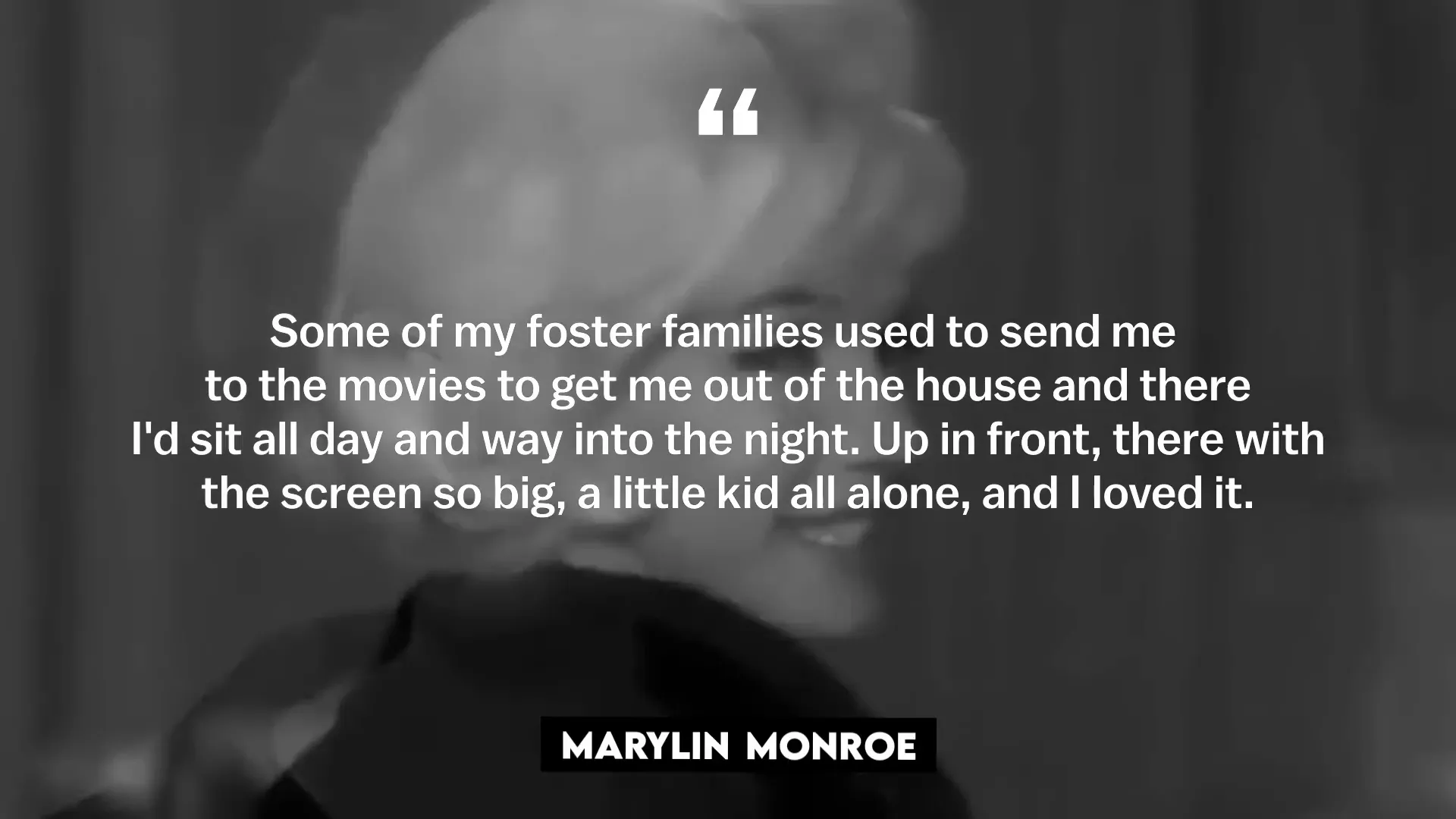
Despite her hardships, Norma Jean found solace in movies, often spending all her pocket money on cinema tickets. At 12, she discovered she had an older half-sister, Berniece, and they maintained a lifelong correspondence. But at 15, with no guardians to support her and Grace moving away, Norma Jean took a drastic step: she married her neighbour, James Dougherty, to avoid returning to the orphanage. Though there was no deep love, the marriage offered a semblance of security.
Norma Jean’s transition into adulthood was marked by sacrifice. She dropped out of school to become a housewife, a role she did not relish. The longer the marriage lasted, the further her acting ambitions seemed. However, fate intervened when James joined the merchant marine during World War II, leaving Norma Jean to find work at the Radio plane ammunition factory.
Career Start
At the factory, 19-year-old Norma Jean caught the eye of army photographer David Conover, who was assigned to boost morale by photographing female workers. Conover’s photos of Norma Jean were stunning, and he encouraged her to pursue modelling. This moment was a turning point—finally, someone had noticed her.
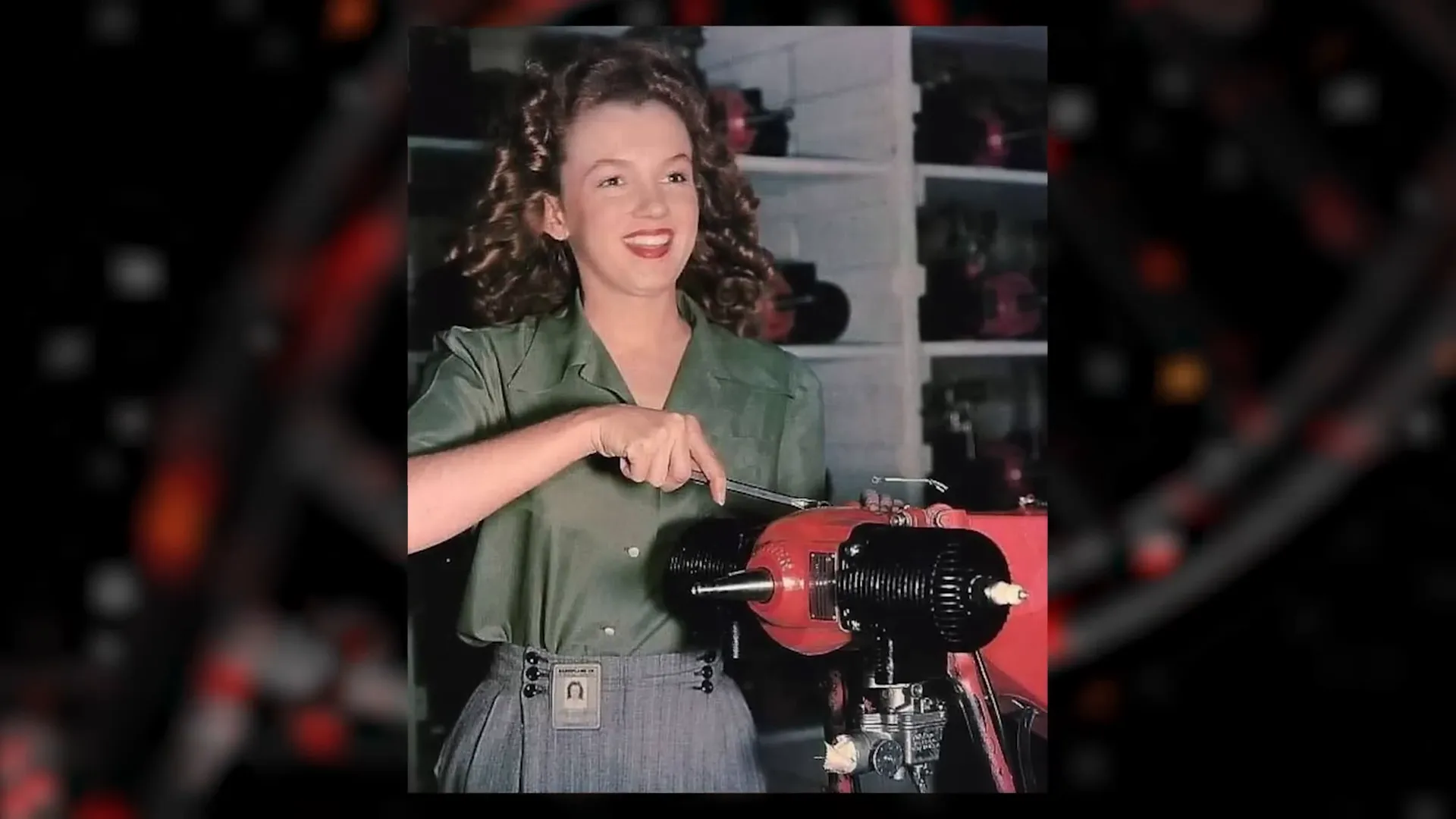
Norma Jean left the factory and began working as a fashion model. Her husband disapproved, but she was determined. With Conover’s help, she signed with the Blue Book modelling agency and soon became one of their most popular faces, appearing in over 30 magazines within six months. Photographer Eve Arnold later recalled how Marilyn mastered the camera, controlling every aspect of the shoot with confidence and understanding.
"At photo sessions, she was in total control. She manipulated everything - me, the camera. She knew a lot about cameras and I had never met anyone who could make them respond the way she did."
Norma Jean was not born blonde; her agents convinced her to dye her hair lighter to increase job prospects. Over the years, she experimented with 12 different shades before settling on the iconic platinum blonde look that would define Marilyn Monroe.
While modelling brought some success, Norma Jean's ultimate dream was to act. In 1946, she received a screen test at Twentieth Century-Fox and was offered a contract paying $75 a week. The studio’s casting head, Ben Lyon, told her that her real name was not suitable for a star, suggesting she adopt the surname Monroe from her grandmother and the first name Marilyn, inspired by another actress he knew. Thus, Marilyn Monroe was born, an image she would embody for life.
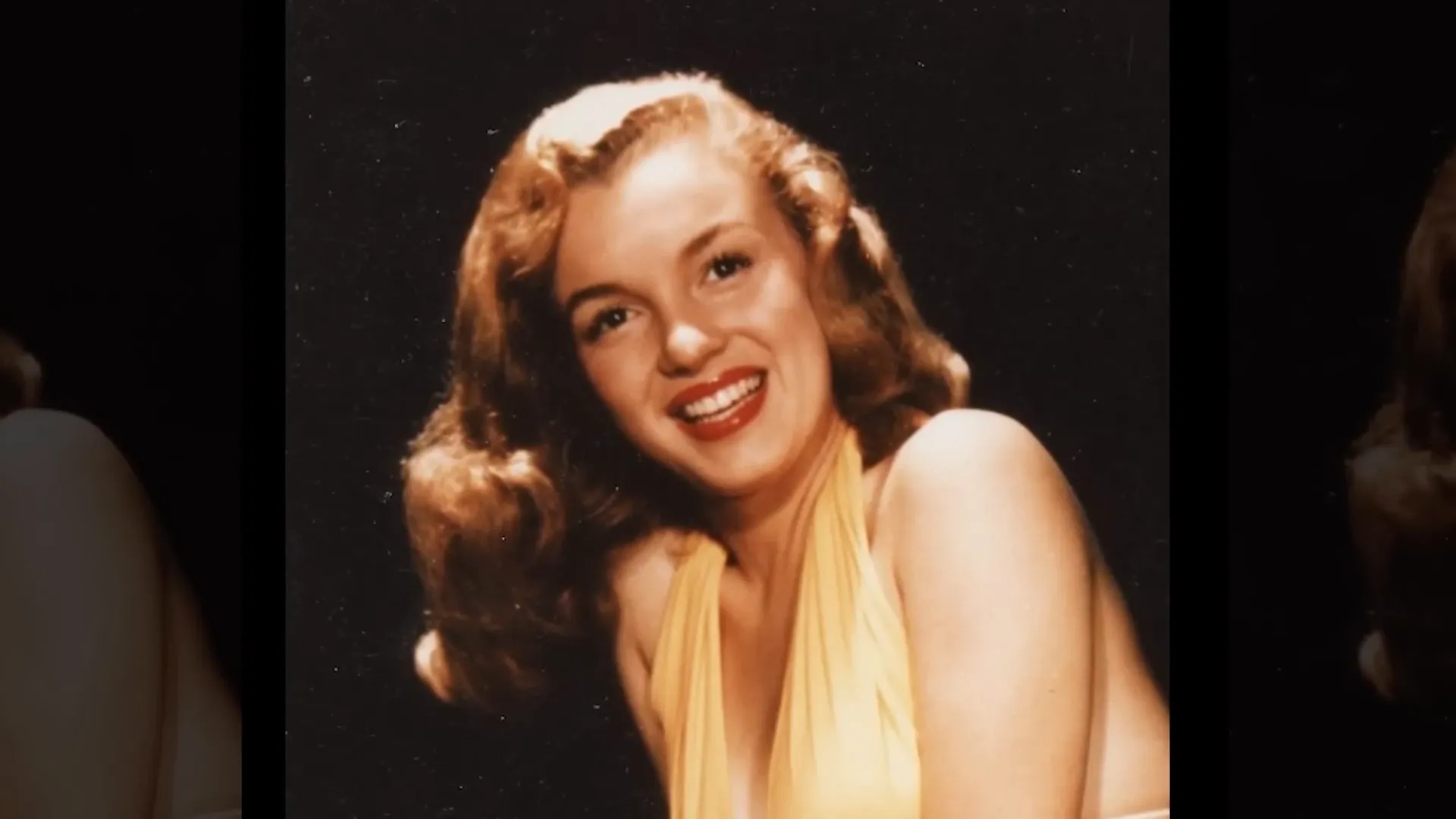
That same year, Marilyn and James Dougherty divorced. The marriage had never been built on love, and Marilyn was ready to pursue her career full-time. However, her early film roles were limited to minor parts, and she struggled with a deep fear of the camera. Despite her beauty, she was terrified of making mistakes on screen, a problem that haunted her throughout her career.
Determined to improve, Marilyn dedicated herself to rigorous training. She studied acting for three hours daily, followed by dance, vocals, fencing, and horseback riding. She was driven by the belief that when opportunity came knocking, she wanted to be ready.
I once asked her: Marilyn, why do you work out so much? You call other girls at 11 in the morning, and they are still sleeping off after yesterday's party. She replied: Mr Lyon, I work hard because one day chance will knock on my door, and I want to be ready.
Nonetheless, Marilyn's contract with Fox was not renewed. Studio head Darryl Zanuck disliked her, viewing her as neither attractive enough for mass-market films nor professional enough for serious roles. The industry’s harsh realities became clear: there were countless young, pretty girls vying for the same parts.
Second Attempt
Rejected but undeterred, Marilyn returned briefly to modelling while plotting her return to film. The harsh truth of Hollywood’s casting couch awaited her. Marilyn later wrote about the "wolves" of Hollywood—men who used their power to prey on young actresses. She candidly acknowledged the sexual compromises many women felt forced to make to advance their careers.
God, I so wanted to become better, to change, to learn. I had no other wishes. I didn't need men, money, or love. Only the ability to play.
At parties where powerful men gathered, Marilyn was often humiliated but masked her anger with laughter. Director Elia Kazan later reflected that Hollywood had corrupted an innocent young woman, turning her into a "spread legs" stereotype. Marilyn’s pragmatism led her to use her femininity as a tool and a weapon within a male-dominated industry.
I don’t mind living in a man’s world as long as I can be a woman in it.
Her persistence paid off when she became the mistress of Joseph Schenck, a 70-year-old influential producer. Though Schenck introduced her to powerful friends, none helped her career. Even famed director Howard Hawks dismissed her as a fool and refused her advances.
In 1948, Marilyn signed a six-month contract with Columbia Pictures and underwent further transformations, including electrolysis to fluff her hair and a platinum blonde dye job. She began studying acting seriously with teacher Natasha Lytess, who became a surrogate mother figure, guiding Marilyn through six years and 22 films.
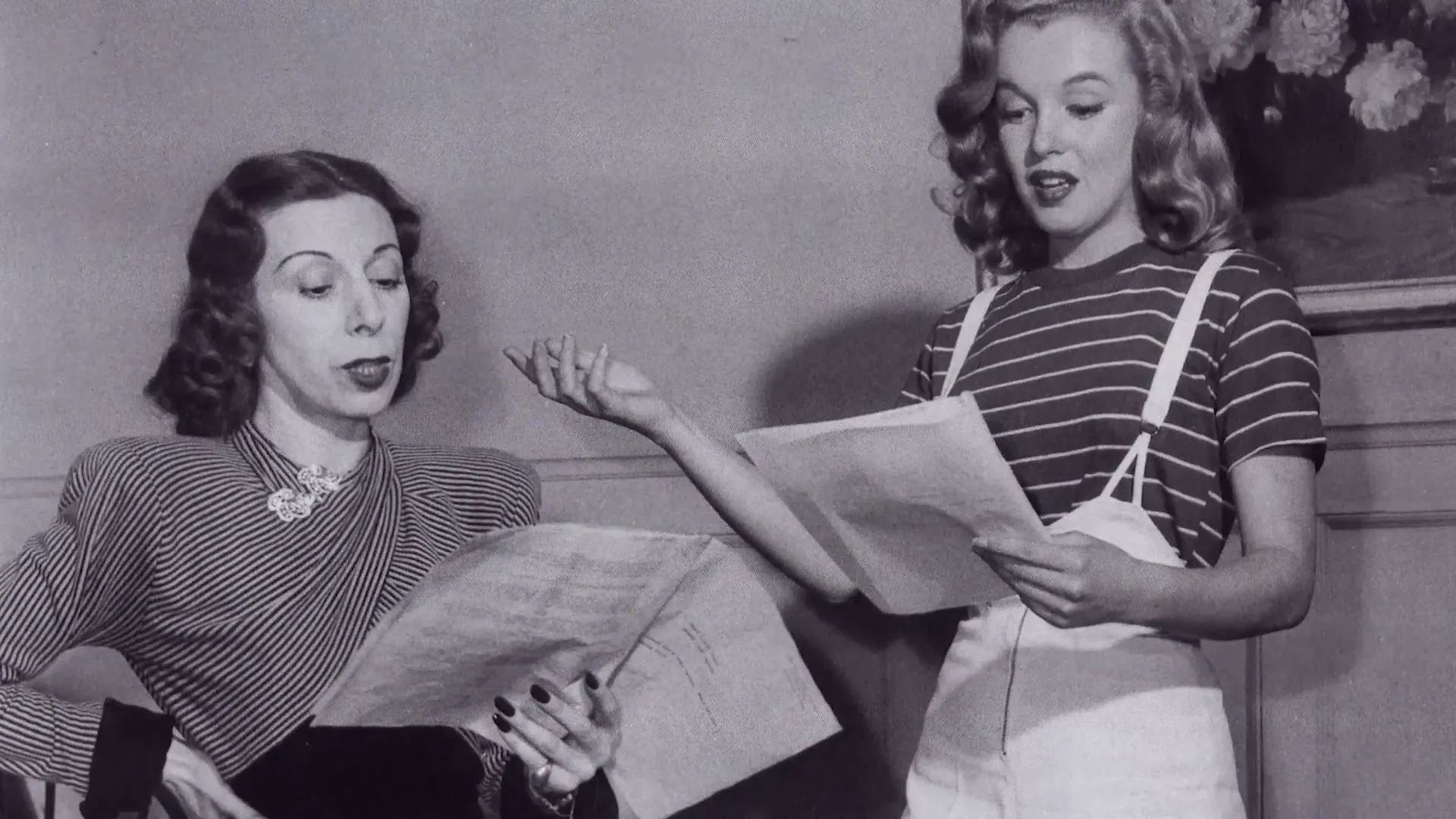
Natasha initially found Marilyn’s voice and delivery grating, but Marilyn’s dedication was unwavering. She was even taught to speak in a whisper, a trait that became a hallmark of her sensual screen persona. Marilyn also worked on self-education, reading books such as The Thinking Body to refine her body language and speech technique.
Despite these efforts, Marilyn’s career was far from smooth. She fell in love with vocal coach Fred Karger, but the relationship ended painfully, reinforcing her distrust of men. Her leading role in the low-budget musical Ladies of the Chorus in 1948 failed to make an impact, and Columbia did not renew her contract.
Financially desperate, Marilyn was forced to seek new sponsors but suffered further trauma when she was attacked by men without her consent, narrowly escaping rape. In 1949, destitute and behind on rent, fate intervened again when photographer Tom Kelley offered her $50 to pose nude for a calendar. Though bold and risky in a conservative era, Marilyn agreed, unaware that these photos would become a cultural milestone.
Marilyn’s fortunes improved when she met Johnny Hyde, vice president of an acting agency, who fell deeply in love with her and worked tirelessly to boost her career. Hyde arranged for cosmetic surgeries, including rhinoplasty and dental work, and secured roles in critically acclaimed films like The Asphalt Jungle and All About Eve. Though supporting parts, these roles brought Marilyn much-needed recognition.
Star’s Ascent
In 1951, Marilyn signed a lucrative seven-year contract with 20th Century Fox, earning $500 a week and landing minor roles in films such as Home Town Story, As Young as You Feel, and Love Nest. Her charm and sex appeal quickly won audiences over, and the press heralded her as a movie’s "decoration," adding a new level of sexuality to mainstream cinema.
Marilyn even hosted the 23rd Academy Awards and began receiving fan mail, signalling her rising star power. However, a scandal erupted when her nude calendar photos resurfaced in the press. The studio demanded she deny the pictures, but Marilyn took a bold stand, openly admitting to the photoshoot and telling her story of hardship and survival. This honesty resonated with the public and shifted societal attitudes toward sex and nudity.
Her nude photos appeared in the first issue of Playboy magazine in 1953, purchased by Hugh Hefner for $500, though Marilyn received no payment. The images helped catapult Playboy’s success, further cementing Marilyn’s status as a cultural icon.
Despite the professional support from Johnny Hyde, Marilyn declined his marriage proposal, unwilling to wed without love. The rejection hurt Hyde, who warned she would lose popularity without him, but Marilyn was determined to succeed on her own terms. During this period, she also sought out her biological father, Charles Stanley Gifford, only to be coldly rebuffed, deepening her emotional wounds.
By 1952, Marilyn’s career was taking off. Five films were released that year, including Monkey Business, Don’t Bother to Knock, and Clash by Night. She was accompanied by Natasha Lytess at all shoots, a presence that annoyed some directors but was non-negotiable for Marilyn.
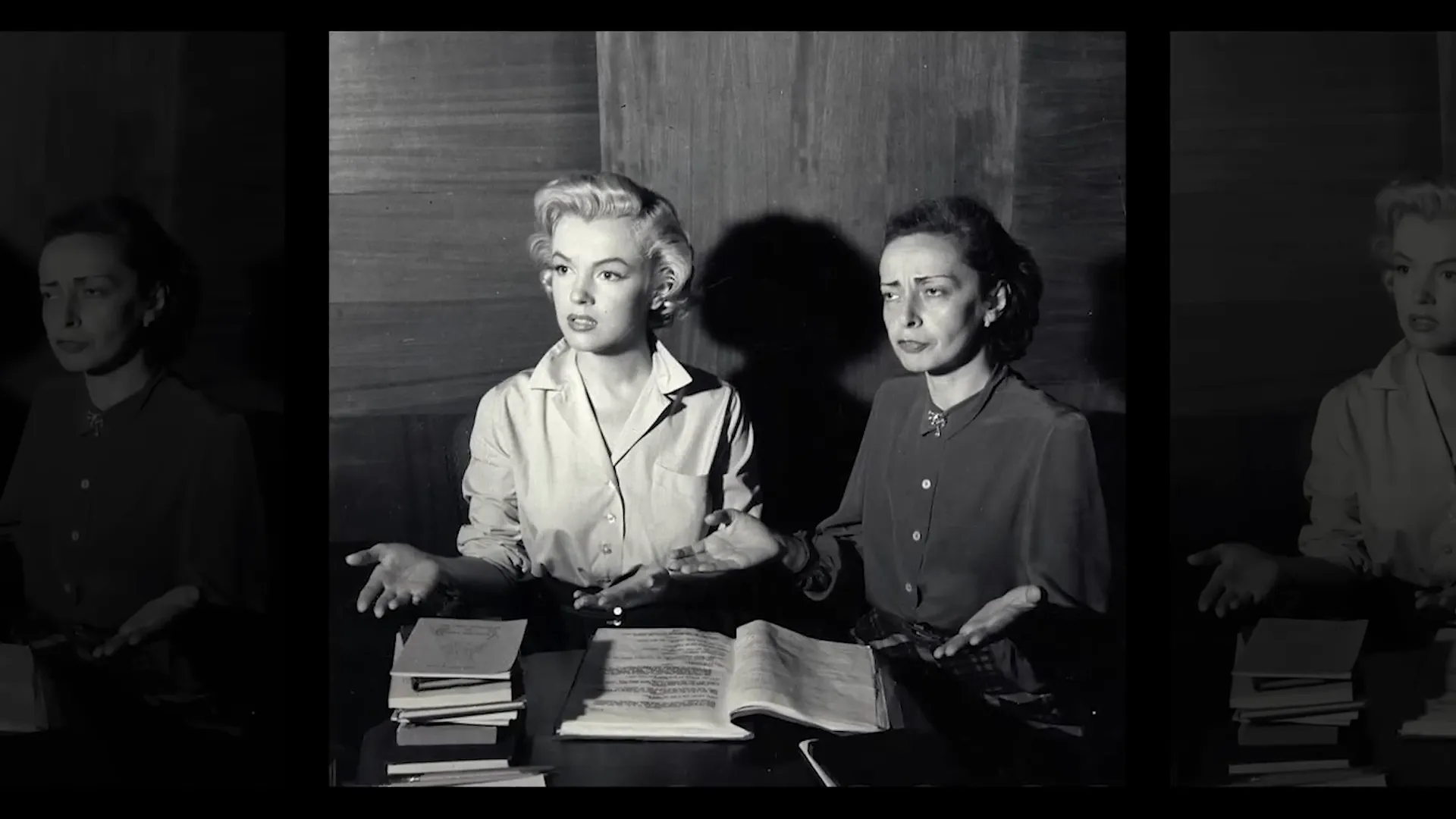
Still, studio head Darryl Zanuck continued to stereotype Marilyn as a "dumb blonde," limiting her to roles that emphasized sex appeal over substance. Trapped in this image, Marilyn longed for serious, dramatic roles but recognized the difficulty of breaking free.
‘I’d like to be a fine actress,’ she confided late in life, ‘I wanted to be an artist, not an erotic freak.’
She expanded her training with lessons from Mikhail Chekhov and mime artist Lotte Goslar, while simultaneously crafting her public persona with care. The writer Karen Blixen described Marilyn as possessing an almost overwhelming mix of strength and sweetness, a woman fascinated by her own sexuality yet deeply vulnerable.
“We are all born sexual creatures, thank God, but it’s a pity so many people despise and crush this natural gift. Art, real art, comes from it. Everything.”
Many believe Marilyn’s childhood loneliness and need for love fuelled her numerous relationships and brief romances. Sex became both a key to Hollywood and a way to seek the affection she lacked as a child.
Her breakthrough role came with the film Niagara, where, despite producers offering her the lead heroine, Zanuck insisted she play the villainous femme fatale. The film was a box office success and marked a turning point in Marilyn’s career, though her salary remained lower than even the makeup artist’s. She was still bound by an outdated contract with Fox.
Following that, Marilyn landed the lead in Gentlemen Prefer Blondes, earning her first dressing room and a rise in status. However, the pressures mounted. She became terrified of making mistakes, arriving early and leaving late, with only co-star Jane Russell able to calm her nerves. Marilyn resented the pay disparity, earning a mere $500 a week compared to Russell’s $200,000, but the studio refused to renegotiate.
Her perfectionism led to multiple retakes, frustrating directors like Howard Hawks. The studio disliked her unique voice, considering it too “stupid,” and attempted to dub parts of her singing in “Diamonds Are a Girl’s Best Friend,” though Marilyn’s voice remained mostly intact.
Despite frequent tardiness and preparation rituals lasting hours, Marilyn’s films Gentlemen Prefer Blondes and How to Marry a Millionaire were hits, cementing her status as a superstar.
Scandal and the White Dress
Marilyn’s personal life was equally tumultuous. In 1954, she married baseball legend Joe DiMaggio, a match that thrilled the press and fans alike. But the marriage was fraught from the start. DiMaggio was conservative and jealous, envisioning Marilyn as a traditional housewife and mother, roles she could not fulfil.
Though Marilyn attempted to conform, even learning to cook, the couple’s differences deepened. DiMaggio resented the scandals and Marilyn’s public image as a sex symbol. When asked why she married Joe, Marilyn famously replied, “He’s great in bed.”
Their relationship reached a breaking point during the filming of the famous subway grate scene in The Seven Year Itch. The shoot took 14 takes over three hours, attracting a crowd of photographers and thousands of onlookers. DiMaggio arrived, witnessing the adulation directed at his wife, and his face turned pale with tension.
“DiMaggio’s face, rigid with tension, had gone white. He had the look of death. ‘What the hell is going on here?’ DiMaggio rasped.”
Though Marilyn wore two pairs of underwear beneath her billowing white skirt, DiMaggio was furious. Marilyn later explained she was having fun during the shoot, not thinking about sex, but the crowd's enthusiastic cheers and camera focus on her crotch turned the scene sexualized.
That night, loud arguments erupted in their hotel room, reportedly escalating to physical abuse. Marilyn filed for divorce citing “mental abuse.” The marriage lasted only nine months.
Meanwhile, tensions with 20th Century Fox escalated. Marilyn was frustrated by low pay and lack of creative control. She famously said, “An actress isn’t a machine, but they treat you like one.” In 1954, she was suspended from work after a conflict with Zanuck.
Rather than back down, Marilyn moved to New York and founded her own production company with photographer Milton Greene—an unprecedented move for a starlet often dismissed as dim-witted. This bold stance shocked Hollywood and began a year-long legal battle with Fox.
Intellectual Pursuits and Acting Mastery
Despite public perceptions, Marilyn was a voracious reader with a personal library of over 400 books. Her collection included literary classics such as Tennessee Williams’ A Streetcar Named Desire, F. Scott Fitzgerald’s The Great Gatsby, and philosophical works by Plato and Aristotle. In 1951, she even enrolled in evening art and literature classes at UCLA.
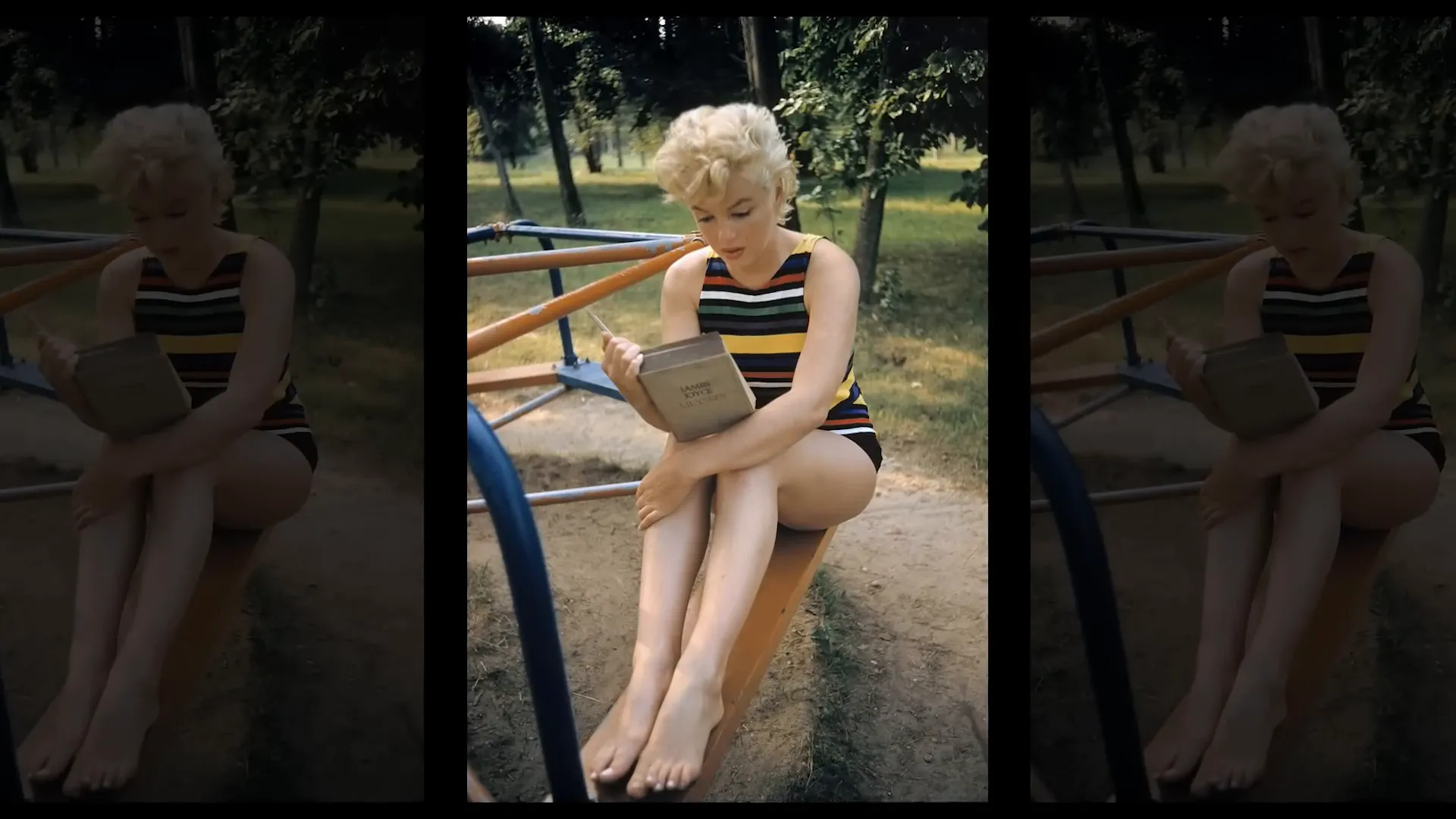
Photographer Eva Arnold captured an iconic image of Marilyn reading James Joyce’s modernist masterpiece Ulysses, dispelling myths about her intelligence. Poet Norman Rosten, a friend, described Marilyn as someone who wore a public mask but was constantly searching for answers, deeply loving poetry and art.
Marilyn also dabbled in painting, producing sensual sketches as part of an art correspondence course. Her self-portrait reveals a small, lonely figure, mirroring the woman behind the glamorous façade.
Taking advantage of breaks in filming, Marilyn studied under Lee Strasberg, the renowned acting coach who championed the Stanislavsky system and mentored legends such as Marlon Brando and James Dean. Strasberg saw potential in Marilyn and helped her improve dramatically.
Another Father Figure
Strasberg, however, was a demanding and sometimes harsh mentor. Marilyn, craving love and approval, became emotionally dependent on him, even attempting to seduce him, which he refused to preserve their professional relationship. Strasberg’s intense method required Marilyn to confront painful memories, including traumatic episodes from her childhood.
“The more naïve and self-doubting the actors, the more total was Lee’s power over them... He found his perfect victim-devotee in Marilyn Monroe.”
Strasberg’s wife, Paula, accompanied Marilyn on set, replacing Natasha Lytess, who was abruptly cut off by Marilyn in 1956. Despite Natasha’s illness and pleas for help, Marilyn refused to see her former mentor again, a testament to the complex and often painful relationships in her life.
Marilyn bequeathed most of her $1.6 million estate to Strasberg, highlighting the profound impact he had on her life and career.
Triumphs and Struggles in Hollywood
By 1955, Fox relented and signed Marilyn to a new seven-year contract, paying her $400,000 for four films and granting her creative control over projects—a rare victory for any actress at the time. Her first film under this contract was Bus Stop, a dramatic role that earned her a Golden Globe nomination and critical acclaim.
Marilyn’s personal life also shifted. During her divorce from Joe DiMaggio, she fell in love with Arthur Miller, a Pulitzer Prize-winning playwright and intellectual, marking her first serious relationship based on mutual respect and shared interests. Marilyn valued that Miller saw her as a person, not just a sex symbol, and they bonded over literature and political causes, including nuclear disarmament.
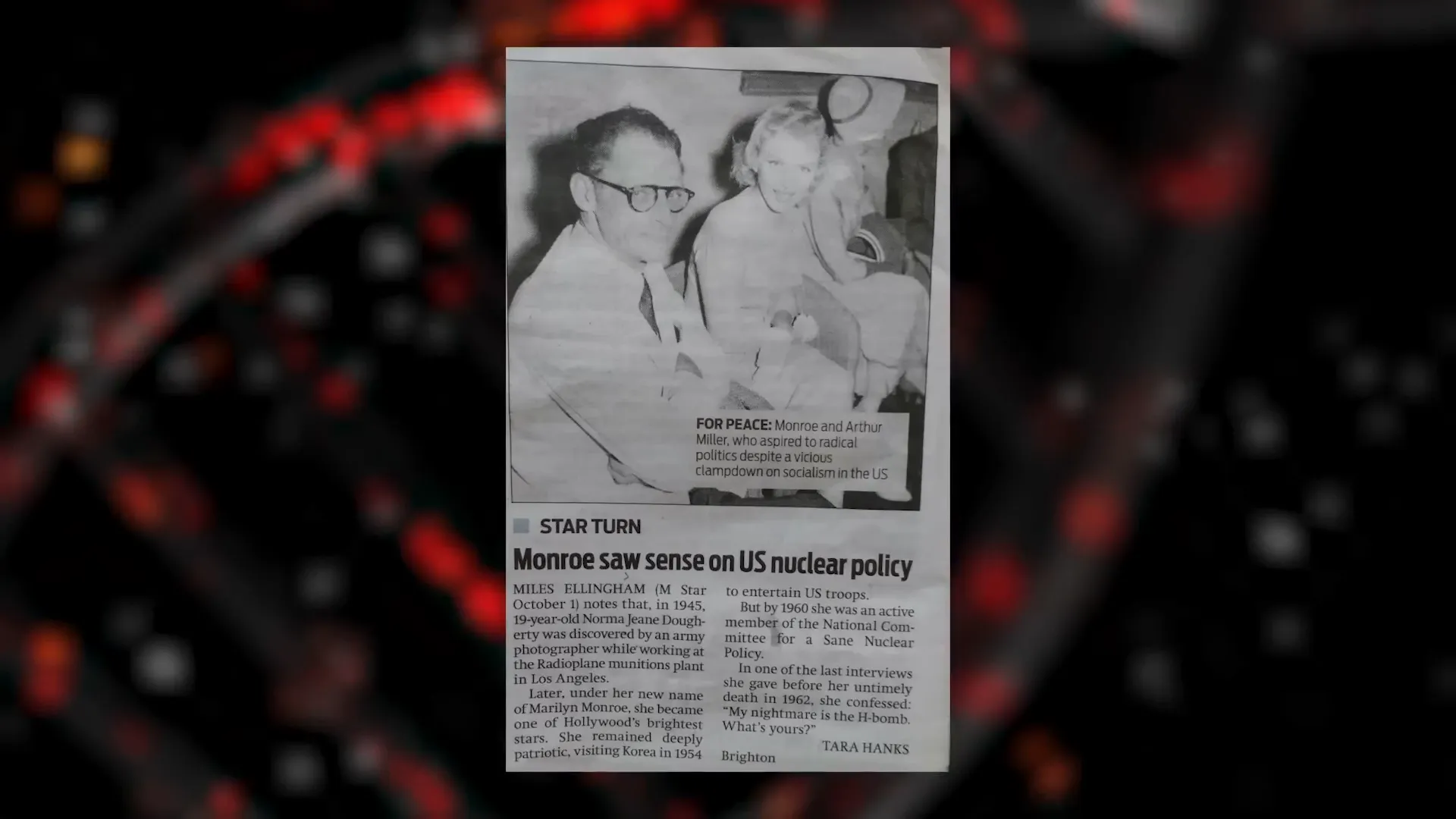
Despite their love, their relationship was complicated by Miller’s political troubles, including FBI surveillance and accusations of Communist ties. Fox pressured Marilyn to end the relationship, but she refused, calling the studio bosses “born cowards.”
Marilyn and Arthur married in 1956, with Marilyn converting to Judaism for him. Their union was dubbed “Egghead weds hourglass” by the press, highlighting their contrasting worlds. Marilyn combined her honeymoon with filming The Prince and the Showgirl in London, produced by her company.
The shoot was fraught with tension, particularly with co-star Laurence Olivier, who disrespected Marilyn and clashed with her. Marilyn later told The Guardian that Olivier’s condescending remarks hurt her deeply. Miller described Olivier as jealous and competitive. The film received mixed reviews but earned Marilyn the French Crystal Star award.
Despite Miller’s support, he also hurt Marilyn by writing a character based on her that portrayed her negatively, revealing his disappointment in their marriage. Marilyn was devastated but clung to hope that their relationship could survive.
Health Issues and Later Career
Marilyn’s mental health declined amid the pressures of fame and personal turmoil. She suffered from insomnia and relied on barbiturates to sleep. In 1956, she experienced an ectopic pregnancy, blaming herself for her lifestyle choices. By 1958, filming Some Like It Hot—now considered a classic—was a nightmare. Marilyn was frustrated with her role as the “beautiful fool” and struggled with memory issues due to medication, sometimes requiring up to 80 takes for a single line.
Director Billy Wilder and the film crew grew weary, but Marilyn found an ally in co-star Jack Lemmon. Wilder later remarked that Marilyn’s real problem was with herself, not with him, and praised her comedic genius. For this role, Marilyn won her only Golden Globe.
Work and personal stress led to another miscarriage in 1958. Her marriage with Miller deteriorated, with Marilyn engaging in an affair with Yves Montand on set. The relationship ended as Montand feared damaging his career.
The Misfits and Final Years
As their marriage unravelled, Marilyn and Miller worked together on The Misfits, a screenplay Miller wrote as a Valentine’s Day gift intended to showcase Marilyn’s dramatic talents. However, the script’s character changed as Miller’s opinion of Marilyn soured, leaving her feeling mocked and disappointed.
The film’s production was chaotic, with constant script rewrites and Marilyn struggling with lines, compounded by her reliance on medication. She was terrified to work alongside Clark Gable, who she idolized since childhood. The shoot was exhausting for all involved, with Gable famously saying, “Christ, I’m glad this picture’s finished. She damn near gave me a heart attack.”
Marilyn and Miller divorced on January 20, 1961, coinciding with John F. Kennedy’s inauguration, a strategic choice to divert media attention. Marilyn reflected on her fear of marriage: “I guess I have always been deeply terrified to really be someone’s wife since I know from life one cannot love another, ever.”
Last Years and Mysterious Death
After her divorce, Marilyn moved to Los Angeles for regular therapy with psychiatrist Ralph Greenson, who became another father figure. However, Greenson’s methods were controversial, blurring professional boundaries and attempting to isolate Marilyn from friends he deemed harmful.
Marilyn’s mental health crises led to a frightening stay at the Payne Whitney psychiatric clinic, a facility with locked wards and barred windows. In a letter to Greenson, Marilyn described the horror of being treated like a “nut” and threatened self-harm to secure her release. It was Joe DiMaggio who intervened, demanding her freedom and threatening to destroy the institution if she was not released.
Determined to regain control, Marilyn bought a home in Brentwood and appeared on the cover of Life magazine in 1962. She was cast in Something’s Got to Give but struggled with health issues and studio conflicts, exacerbated by her infamous sultry birthday performance for President Kennedy, wearing a crystal-studded Jean Louis gown that seemed to seduce the nation.
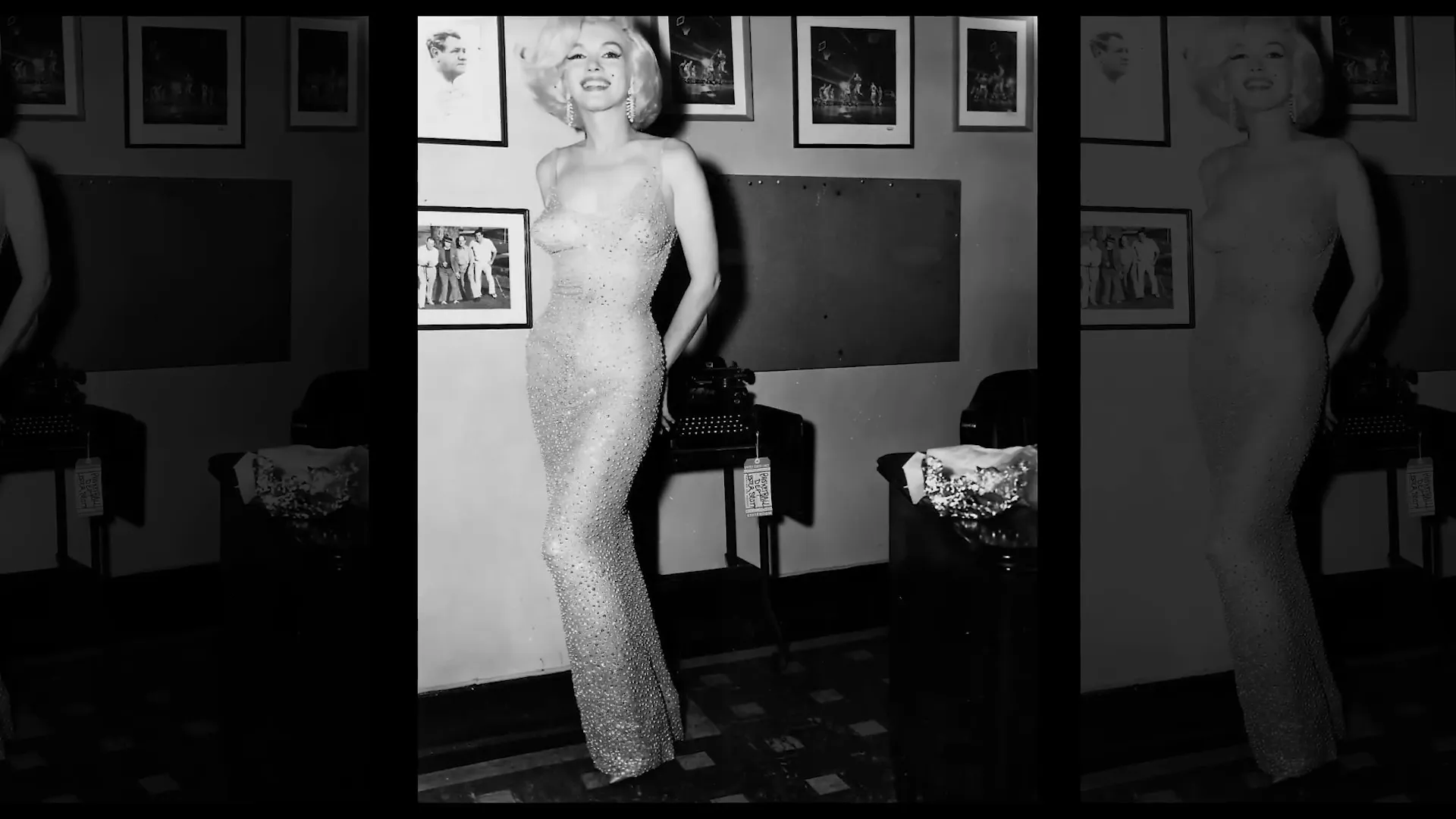
Speculation about Marilyn’s relationships with John and Robert Kennedy has persisted for decades, with rumours of affairs and political intrigue. Her performance cost her job security, and Fox sued her for breach of contract. Despite setbacks, Marilyn planned to start an independent film studio and was in talks to star in a Jean Harlow biopic.
Tragically, on August 5, 1962, Marilyn Monroe was found dead at her Brentwood home from acute barbiturate poisoning. The official ruling was suicide, but conspiracy theories involving the Kennedys and Hollywood power brokers continue to swirl.
Her funeral was a private affair attended by close family, including Joe DiMaggio and her half-sister Berniece Baker Miracle. DiMaggio famously sent roses to her crypt for 20 years. Arthur Miller did not attend, later expressing disdain for the public spectacle surrounding her death.
The Enduring Legacy of Marilyn Monroe
More than 60 years after her death, Marilyn Monroe remains a cultural icon, symbolizing beauty, vulnerability, and the golden era of Hollywood. While other stars age and fade, Marilyn is forever frozen in time as the radiant, enigmatic blonde whose magnetism transcends generations.
Her life’s story is a poignant reminder of the human behind the myth—a girl who longed for love and acceptance, who battled demons while dazzling the world. Marilyn’s legacy endures not just through her films but through the complex, fascinating woman she was.
Did Marilyn Monroe's fame and adoration satisfy her deep longing for love? The answer remains elusive, inviting us to look beyond the glamour and consider the real cost of Hollywood stardom.
